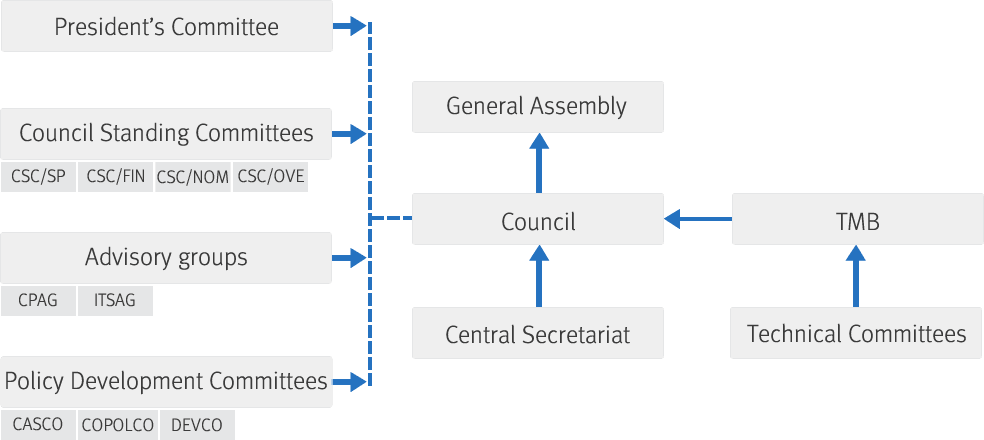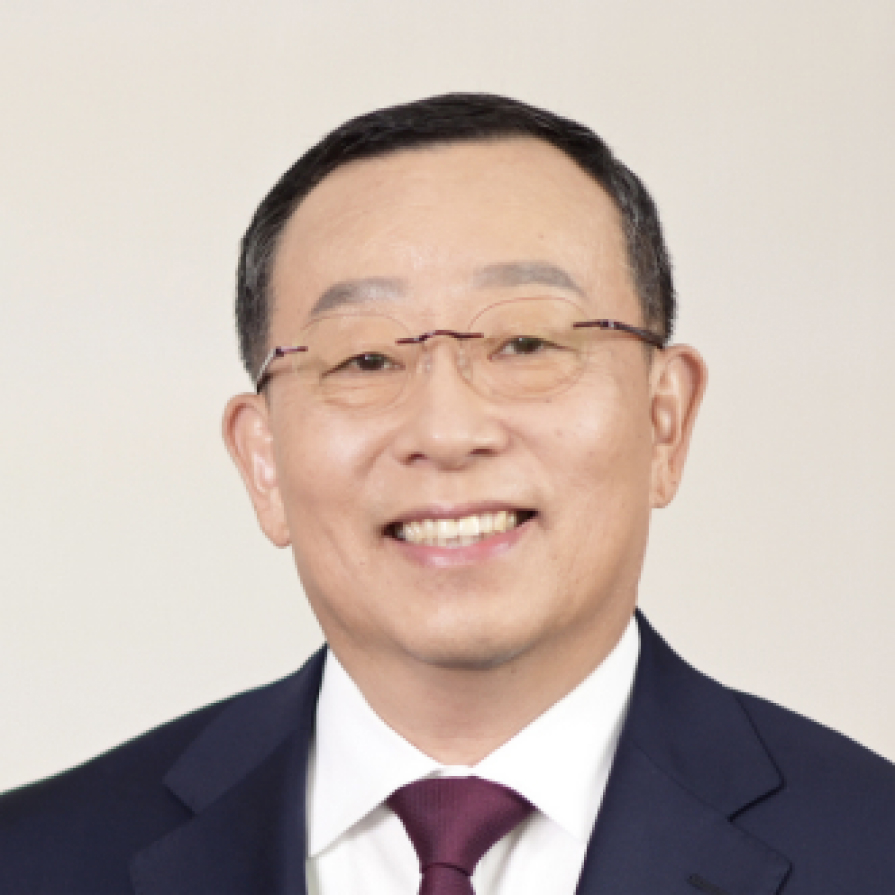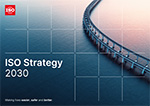ISO is an independent, non-governmental organization made up of members from the national standards bodies of 173 countries.
Our members play a vital role in how we operate, meeting once a year for a General Assembly that decides our strategic objectives. Our Central Secretariat in Geneva, Switzerland, coordinates the system and runs day-to-day operations, overseen by the Secretary-General.
The General Assembly
The General Assembly is the overarching organ and ultimate authority of the organization. It is an annual meeting attended by our members and our Principal Officers.
The ISO Council
The ISO Council is the core governance body of the organization and reports to the General Assembly. It meets three times a year and is made up of 20 member bodies, the ISO Officers and the Chairs of the Policy Development Committees CASCO, COPOLCO and DEVCO. The Council has direct responsibility over a number of bodies reporting to Council:
- The President’s Committee advises Council on matters decided by Council.
- Council Standing Committees address matters related to finance (CSC/FIN), strategy and policy (CSC/SP), nominations for governance positions (CSC/NOM), and have oversight over the organization’s governance practices (CSC/OVE).
- Advisory groups provide advice on matters related to ISO’s commercial policy (CPAG) and information technology (ITSAG).
- CASCO provides guidance on conformity assessment.
- COPOLCO provides guidance on consumer issues.
- DEVCO provides guidance on matters related to developing countries.
Membership to the Council is open to all member bodies and rotates to make sure it is representative of the members community.
Technical Management Board (TMB)
The management of the technical work is taken care of by the Technical Management Board, which reports to Council. This body is also responsible for the technical committees that lead standards development and any strategic advisory boards created on technical matters.
ISO Governance structure

Membership
ISO is a network of national standards bodies that represent ISO in their country.
There are three member categories, each enjoying different levels of access and influence over the ISO system. This helps us to be inclusive while also recognizing the different needs and capacities of each member.
Read more about ISO membership.
Contact
If you have any questions about ISO members or becoming an ISO member, please contact our membership team.
Principal officers
Please note: The figures in brackets show the year at the end of which the term of office expires.
Past Principal Officers of ISO


Khaled Soufi
ISO President-elect
Egypt
(2025)

Christoph Winterhalter
ISO Vice-President (policy)
Germany
(2025)

Javier Garcia
ISO Vice-President (technical management)
Spain
(2026)

Osvaldo Petroni
ISO Vice-President (finance)
Argentina
(2026)


Sergio Mujica
ISO Secretary-General (Chief Executive Officer)ISO Central Secretariat
Partners
We work closely with two other international standards development organizations, the International Electrotechnical Commission (IEC) and International Telecommunication Union (ITU). In 2001, ISO, IEC and ITU formed the World Standards Cooperation (WSC) in order to strengthen the standards systems of the three organizations. The WSC also promotes the adoption and implementation of international consensus-based standards worldwide.
In addition, we also have a close relationship with the World Trade Organization (WTO), which particularly appreciates the contribution of International Standards to reducing technical barriers to trade.
ISO also works with United Nations (UN) partners. For example, we liaise with UN specialized agencies that carry out technical harmonization or give technical assistance, including the UN Economic and Social Council (ECOSOC).
In total, ISO collaborates with over 700 international, regional and national organizations. These organizations take part in the standards development process as well as sharing expertise and best practices.
How is ISO financed?
Our national members pay subscriptions that meet the operational costs of the Central Secretariat. The subscription paid by each member is in proportion to the country’s gross national income and trade figures. Another source of revenue is the sale of standards.
However, the operations of ISO’s Central Secretariat represent only about one fifth of the cost of the system’s operation. Other costs are related to specific standards development projects and technical work. These costs are borne by member bodies and business organizations that allow their experts to participate and pay their travel expenses.

